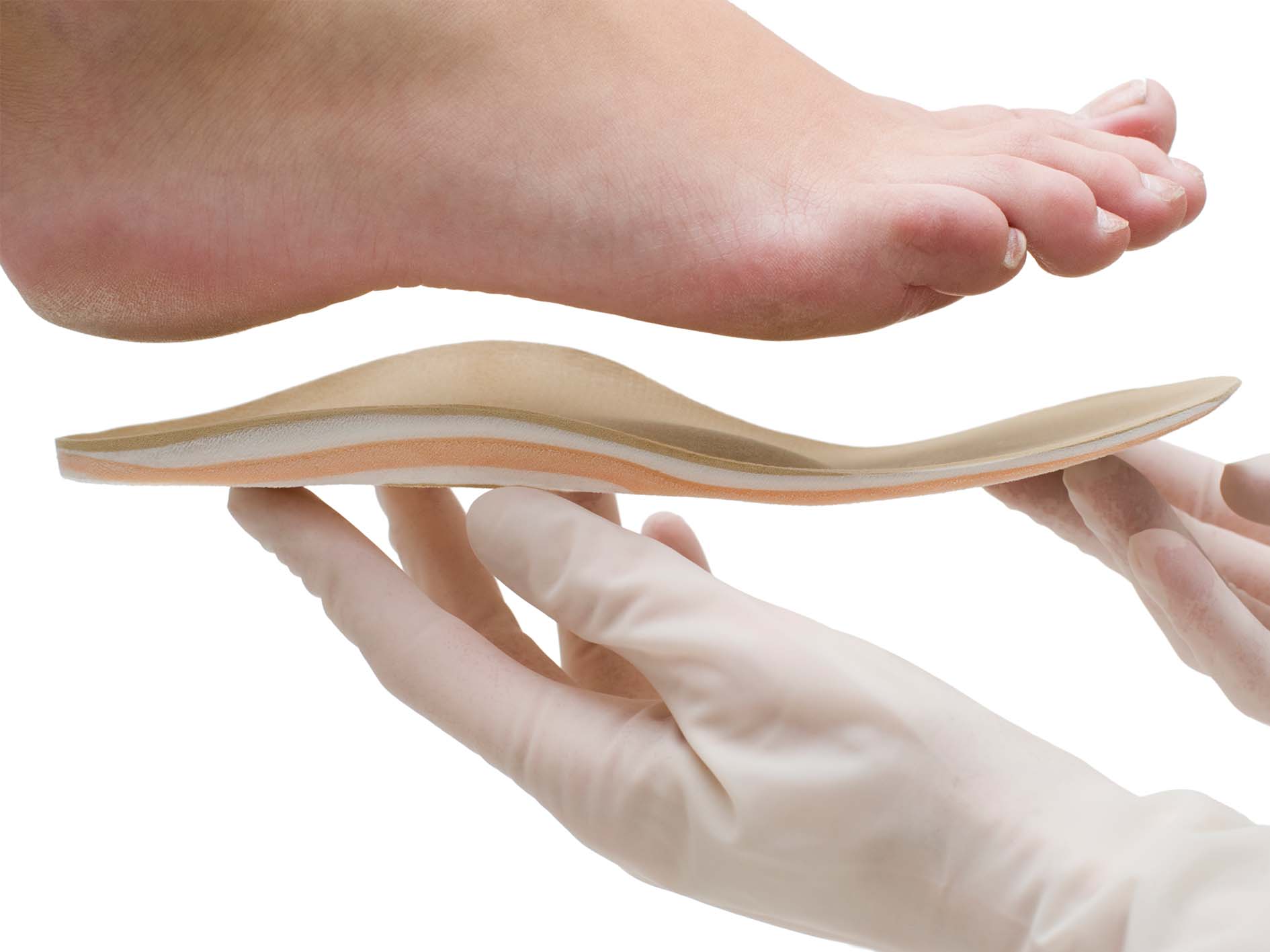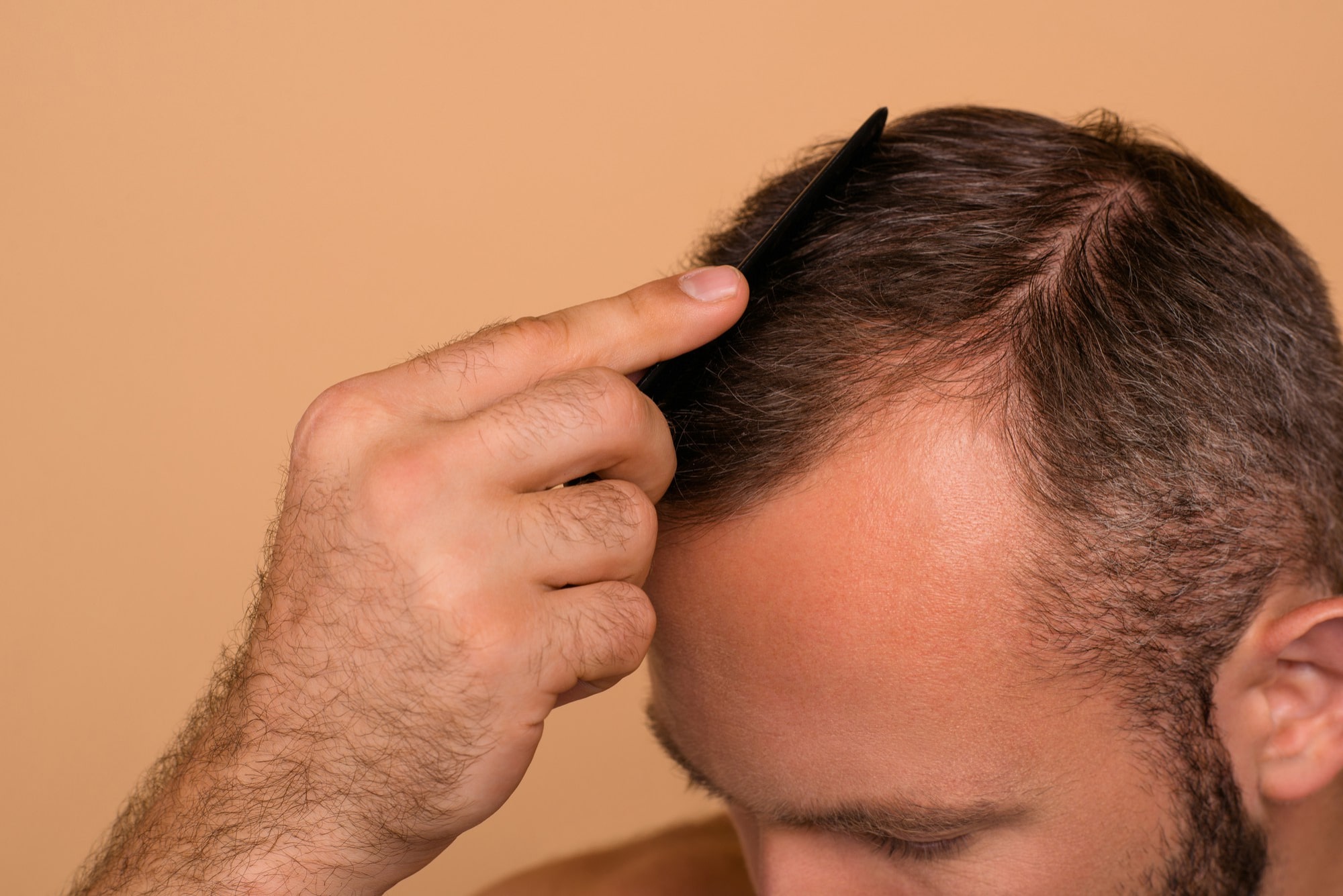How does Diabetes increase risk to FOOT ?
Foot problems commonly develop in people with diabetes and can quickly become serious.
- With damage to the nervous system(medical term for this is peripheral neuropathy),a person with diabetes may not be able to feel his or her feet properly. Normal sweat secretion and oil production that lubricates the skin of the foot is impaired. These factors together can lead to abnormal pressure on the skin, bones, and joints of the foot during walking and can lead to breakdown of the skin of the foot. Sores may develop.
- Damage to blood vessels and impairment of the immune system from diabetes make it difficult to heal these wounds. Bacterial infection of the skin, connective tissues, muscles, and bones can then occur. These infections can develop into gangrene. Because of the poor blood flow, antibiotics cannot get to the site of the infection easily. If the infection spreads to the bloodstream, this process can be life-threatening.
Can Diabeteic foot problems can be prevented?
Although treatment for diabetic foot problems has improved, prevention – including good control of blood sugar level – remains the best way to prevent diabetic complications.
- People with diabetes should learn how to examine their own feet and how to recognize the early signs and symptoms of diabetic foot problems.
- They should also learn what is reasonable to manage routine at home foot care, how to recognize when to call the doctor, and how to recognize when a problem has become serious enough to seek emergency treatment.
What are the usual Causes of Diabetic Foot Problems?
- Footwear: Poorly fitting shoes are a common cause of diabetic foot problems.
- If the patient has red spots, sore spots, blisters, corns, calluses, or consistent pain associated with wearing shoes, new properly fitting footwear must be obtained as soon as possible.
- If the patient has common foot abnormalities such as flat feet, bunions, or hammertoes, prescription shoes or shoe inserts may be necessary.
- Nerve damage.
- A person with diabetes may not properly sense minor injuries (such as cuts, scrapes, blisters), signs of abnormal wear and tear (that turn into calluses and corns), and foot strain. A person who has diabetes may not be able to perceive a stone. Its constant rubbing can easily create a sore.
- Trauma to the foot
- Infections
- Athlete’s foot, a fungal infection of the skin or toenails, can lead to more serious bacterial infections and should be treated promptly.
- Ingrown toenails should be handled right away by a foot specialist. Toenail fungus should also be treated.
- Smoking: Smoking any form of tobacco causes damage to the small blood vessels in the feet and legs. This damage can disrupt the healing process and is a major risk factor for infections and amputations.
What are the Symptoms of Diabetic Foot Problems?
- Persistent pain can be a symptom of sprain, strain, bruise, overuse, improperly fitting shoes, or underlying infection.
- Pain in the legs or buttocks that increases with walking but improves with rest suggrest inadequate blood supply .Poor Hair growth in legs,Hard shiny skin on the legs also suggest same.
- Redness can be a sign of infection, especially when surrounding a wound, or of abnormal rubbing of shoes or socks.
- Localized warmth, Swelling of the feet or legs can be a sign of underlying Nerve damage or infection, improperly fitting shoes, or poor venous circulation.
- Any break in the skin is serious and can result from abnormal wear and tear, injury, or infection. Calluses and corns may be a sign of long term trauma to the foot.
- Drainage of pus from a wound is usually a sign of infection. Persistent bloody drainage is also a sign of a potentially serious foot problem.
- A limp or difficulty walking can be sign of joint problems, serious infection, or improperly fitting shoes.
- New or lasting numbness in the feet or legs can be a sign of nerve damage from diabetes, which increases a persons risk for leg and foot problems.
When to Seek Medical Care for Diabetic Foot Problems:
- Any significant trauma to the feet or legs, no matter how minor, needs medical attention. Even minor injuries can result in serious infections.
- Persistent mild-to-moderate pain in the feet or legs is a signal that something is wrong. Constant pain is never normal.
- Any new blister, wound, or ulcer can become a more serious problem.
- Any new areas of warmth, redness, or swelling on the feet or legs are frequently early signs of infection or inflammation
- New or constant numbness in the feet or legs can be a sign of diabetic nerve damage (neuropathy) or of impaired circulation in the legs.
- Difficulty walking can result from diabetic arthritis (Charcot’s joints), often a sign of abnormal strain or pressure on the foot or of poorly fitting shoes, as well as the inability to perceive pain.
- Constant itching in the feet can be a sign of fungal infection or dry skin, both of which can lead to infection.
- Calluses or corns developing on the feet should be professionally removed. Home removal is not recommended.
When is Immediate medical attention required in case of Diabetic foot problems ?
- Severe pain in the feet or legs is often a sign of acute loss of circulation to the leg, serious infection, or may be due to severe nerve damage (neuropathy).
- Any cut to the feet or legs that bleeds significantly and goes all the way through the skin needs proper cleaning and repair to aid healing.
- Any significant puncture wounds to the feet (for example, stepping on a nail or being bitten by a dog or cat) carry a high risk of becoming infected.
- Wounds or ulcers that are more than about 1 inch across on the feet or legs are frequently associated with limb-threatening infections.
- Redness or red streaks spreading away from a wound or ulcer on the feet or legs are a sign of infection spreading through the tissues.
- Fever higher than 101.5°F (38.6°C) in association with redness, swelling, warmth, or any wound or ulcer on the legs may be a sign of a limb-threatening or life-threatening infection. The degree of fever does not always correlate with the seriousness of infection
- Alteration in mental status (confusion) may be a sign of life-threatening infection that could lead to loss of a leg or foot, when associated with a leg wound or foot ulcer. Confusion may also be a sign of either very high or very low blood sugars, which are more common when infection is present.
What are the usual Tests done for Diabetic Foot Problems
- Doctor’s examination :The doctor will ask the patient questions about their symptoms and will examine them. This include the patient’s vital signs (temperature, pulse, blood pressure, and respiratory rate), examination of the sensation in the feet and legs, an examination of the blood circulation in the feet and legs, a thorough examination of any problem areas. For a wound or ulcer, this may involve probing the wound with a blunt probe to determine its depth. Minor surgical debridement of the wound (cleaning or cutting away of tissue) may be necessary to determine the seriousness of the wound.
- Laboratory Blood tests: A complete blood cell count, or CBC, assist in determining the presence and severity of infection. Depending on the severity of the problem, the doctor may also order kidney function tests, blood chemistry studies (electrolytes), liver enzyme tests, and heart enzyme tests to assess whether other body systems are working properly in the face of serious infection.
- X-rays: X ray of the feet or legs to assess for signs of damage to the bones or arthritis, damage from infection, foreign bodies in the soft tissues. Gas in the soft tissues, indicates gangrene – a very serious, potentially life-threatening or limb-threatening infection.
- Ultrasound:Doppler ultrasound helps to see the blood flow through the arteries and veins in the legs and feet. The test is not painful.
- Angiogram: If the patient has poor circulation in the lower extremities, an angiogram may be performed in preparation for surgery to improve circulation.
- With an angiogram, a catheter is inserted through the artery in the groin and dye is injected while x-rays are taken. This allows the surgeon to see where the blockages are and plan an operation to bypass the blockages. This procedure is usually performed with local anesthesia and a light sedative given through a tube inserted in the patient’s vein (an intravenous or IV line).
How to take care of Diabetic Foot at Home?
A person with diabetes should do the following:
- Foot examination and Care: Examine your feet daily and also after any trauma, no matter how minor, to your feet. Report any abnormalities to your physician. Use a water-based moisturizer every day (but not between your toes) to prevent dry skin and cracking. Wear cotton or wool socks. Avoid elastic socks and hosiery because they may impair circulation.
- Eliminate obstacles: Move or remove any items you are likely to trip over or bump your feet on. Keep clutter on the floor picked up. Light the pathways used at night – indoors and outdoors.
- Toenail trimming: Always cut your nails with a safety clipper, never a scissors. Cut them straight across and leave plenty of room out from the nailbed . If you have difficulty with your vision or using your hands, let your Nurse or Doctor do it for you or train a family member how to do it safely.
- Footwear: Wear sturdy, comfortable shoes whenever feasible to protect your feet. To be sure your shoes fit properly, see a podiatrist (foot doctor) for fitting recommendations or shop at shoe stores specializing in fitting people with diabetes. If you have flat feet, bunions, or hammertoes, you may need prescription shoes or shoe inserts.
- Exercise: Regular exercise will improve bone and joint health in your feet and legs, improve circulation to your legs, and will also help to stabilize your blood sugar levels. Consult your physician prior to beginning any exercise program.
- Having a doctor examine the patient’s feet at least once a year
What are the Patient responsibilities in Diabetic Foot Care?
- Diabetes control: Following a reasonable diet, taking your medications, checking your blood sugar regularly, exercising regularly, and maintaining good communication with your physician are essential in keeping your diabetes under control. Consistent long-term blood sugar control to near normal levels can greatly lower the risk of damage to your nerves, kidneys, eyes, and blood vessels
- Smoking: If you smoke any form of tobacco, quitting can be one of the best things you can do to prevent problems with your feet.
- Follow any instructions from the doctor properly. Ask questions about any instructions you don’t understand.
- Be sure to finish the entire course of antibiotics if prescribed by the doctor. Not finishing the entire course can lead to bacteria becoming resistant to antibiotics.
- Less pain, swelling, redness, warmth, or drainage, Absence of fever are generally all signs of improvement in an infected wound.. Let the Doctor know if the patient is not improving as expected.
How to select appropriate footwear ?
- Have at least two pairs of shoes so you can switch pairs.
- Break in new shoes slowly. Wear them for about an hour a day the first few days.
- Ask your doctor if you need special custom made or prescription footwear .
- Buy footwear towards evening to accommodate for the feet swelling through the day.
How worried should I be about the Outlook?
- Age: The older the patient, the more likely they are to have serious problems with the feet and legs. In addition to diabetes, circulatory problems and nerve damage are more common in the elderly person with diabetes. The elderly may also be more prone to sustaining minor trauma to the feet from difficulties with walking and stumbling over obstacles they cannot see.
- Duration of diabetes: The longer the patient has had diabetes, the more likely they have developed one or more major risk factors for diabetic foot problems.
- Seriousness of infection: Infections that involve gangrene almost universally go on to amputation and also carry a high risk of death. Ulcers larger than about 1 inch across have a much higher risk of progressing on to limb amputation, even with proper treatment. Infections involving deep tissues and bone carry a much higher risk of amputation.
- Quality of circulation: If blood flow is poor in the patient’s legs as a result of damage to the blood vessels from smoking or diabetes or both, it is much more difficult to heal wounds. The likelihood of more serious infection and amputation is greater.
- Compliance with the treatment plan: How well the patient follows and participates in the treatment plan developed with doctors and nurses is crucial to the best recovery possible.
- Wound care centers: A wound care center is an excellent resource if available. It brings together many specialists and approaches to aid in the treatment of the diabetic foot problem. These centers will often be able to offer the most up-to-date therapies and even may have experimental protocols available for people who have not responded to traditional therapy. Home Health Care Nurses and aides will also be available in these centres
- Podiatric surgeon: A surgeon well versed with the knowledge and experienced in the care of Diabetic foot can help in foreseeing problems early and not just treat the present problem but advise and manage future potential issues
Diabetes Foot Care: Do’s and Don’t’s
- DO: Wash your feet every day with mild soap and lukewarm water. Test the water with your elbow or a thermometer to make sure it’s not hot (over about 90 F). Gently pat your feet dry after washing them, and dry between your toes.
DON’T: Don’t wash your feet in hot water. It could cause burns. - DO: Use lotion or petroleum jelly on your feet to keep the skin smooth. Sprinkle on a non-medicated powder before putting on your socks and shoes to help keep your feet dry.
DON’T: Don’t use moisturizer between your toes. - DO: Ask your doctor if it’s safe to trim your own nails. Cut your toenails straight across to help prevent ingrown nails. Then file your toenails so they’re not sharp on the corners.
DON’T: Don’t use a knife or rip out long nails to trim them. - DO: Always wear shoes when you’re on your feet.
DON’T: Don’t walk around barefoot or only in socks. - DO: Make sure your shoes fit well and have plenty of room. It’s best to shop for shoes at the end of the day, when your feet are usually at their largest.
DON’T: Don’t wear shoes that feel tight. - DO: Choose shoes that are made of material that breathes, such as leather, canvas, or suede. Look for a cushioned sole to absorb pressure. Pick shoes with laces over loafers, because they provide better support.
DON’T: Don’t wear sandals, high heels, flip-flops, or shoes with open or pointed toes. - DO: Replace your shoes when they show signs of wear, such as heels that are worn down on one side or inner lining that is torn. Check the insides of your shoes often for gravel, rough areas, or worn lining.
DON’T: Don’t keep wearing shoes that have rough areas or torn pieces inside. Toss them and get a new pair. - DO: See your foot doctor to treat any problems, including corns and calluses.
DON’T: Don’t try to treat calluses or corns yourself with over-the-counter products. - DO: Always wear clean, dry socks.
DON’T: Don’t wear stretch socks or socks made of nylon. - DO: Choose well-padded socks in a cotton-based material, and change them every day.
DON’T: Don’t wear socks that have an inside seam or an elastic band at the top. - DO: Wear socks to bed if you have cold feet.
DON’T: Don’t use water bottles, electric blankets, or heating pads on your feet, because they could cause burns. - DO: Wiggle your toes and move your feet around many times a day to keep the blood flowing.
DON’T: Don’t stand in one position for a long time or sit with your legs crossed. These can block blood flow to your feet. - DO: Stay active. Aim to move your body at least 30 minutes a day. Ask your doctor what type of activity is best for you.
DON’T: Don’t smoke. Smoking can also curb blood flow to your feet. - DO: Tell your doctor about any foot problems right away.
DON’T: Don’t take your feet for granted. Instead, set aside some time every day to pamper them and help keep them healthy.
Diabetes Foot Care Guidelines
- Inspect your feet daily. Check for cuts, blisters, redness, swelling or nail problems. Use a magnifying hand mirror to look at the bottom of your feet. Call your doctor if you notice anything.
- Bathe feet in lukewarm, never hot, water. Keep your feet clean by washing them daily. Use only lukewarm water—the temperature you would use on a newborn baby.
- Be gentle when bathing your feet. Wash them using a soft washcloth or sponge. Dry by blotting or patting and carefully dry between the toes.
- Moisturize your feet but not between your toes. Use a moisturizer daily to keep dry skin from itching or cracking. But don’t moisturize between the toes—that could encourage a fungal infection.
- Cut nails carefully. Cut them straight across and file the edges. Don’t cut nails too short, as this could lead to ingrown toenails. If you have concerns about your nails, consult your doctor.
- Never treat corns or calluses yourself. No “bathroom surgery” or medicated pads. Visit your doctor for appropriate treatment.
- Wear clean, dry socks. Change them daily.
- Consider socks made specifically for patients living with diabetes. These socks have extra cushioning, do not have elastic tops, are higher than the ankle and are made from fibers that wick moisture away from the skin.
- Wear socks to bed. If your feet get cold at night, wear socks. Never use a heating pad or a hot water bottle.
- Shake out your shoes and feel the inside before wearing. Remember, your feet may not be able to feel a pebble or other foreign object, so always inspect your shoes before putting them on.
- Keep your feet warm and dry. Don’t let your feet get wet in snow or rain. Wear warm socks and shoes in winter.
- Consider using an antiperspirant on the soles of your feet. This is helpful if you have excessive sweating of the feet.
- Never walk barefoot. Not even at home! Always wear shoes or slippers. You could step on something and get a scratch or cut.
- Take care of your diabetes. Keep your blood sugar levels under control.
- Do not smoke. Smoking restricts blood flow in your feet.
- Get periodic foot exams. Seeing your foot and ankle surgeon on a regular basis can help prevent the foot complications of diabetes.








